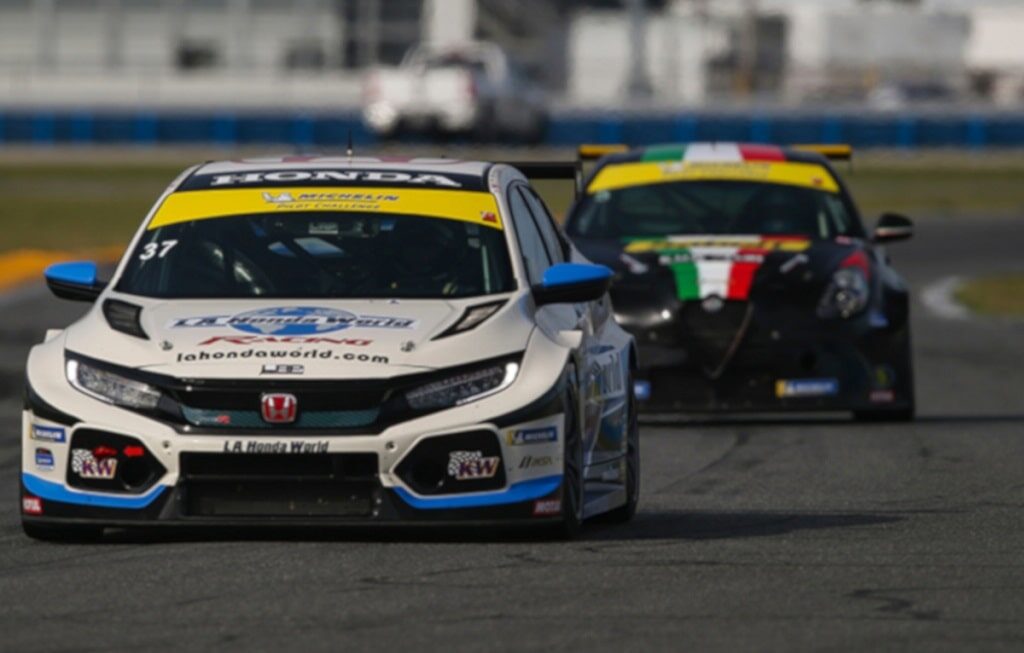

Whether you want to make a career of it or just do it to have fun, racing in the International Motorsports Association (IMSA) can be enjoyable and rewarding. It’s also a challenge. Although paths to professional racing differ, drivers from every series and level of racing agree that if you’re serious about becoming a licensed driver, you need to have commitment and pay attention to both your physical and mental health. Let’s take a look at what it takes to start competing in IMSA races, starting with the all-important paperwork.
IMSA provides a checklist of all the paperwork items they require before you can start entering races. The basic application is pretty simple: Just fill out your basic info (name, age, DOB, etc.), check off which series you want to enter, sign it and get it notarized. Next, there’s the vital “I relieve you guys of all responsibility if I crash and burn” Release and Waiver of Liability and Indemnity Form.

On top of the above info, you’ll be asked for imPACT (concussion) test results, your racing history and a complete racing medical examination that’s no more than three months old. If you want to enter the WeatherTech Series, you’ll also need to fill out the FIA l (Federation Internationale de l’Automobile-racing’s international governing body) license section of the application.
Once approved for your IMSA license, you can apply to compete in sanctioned events, but this doesn’t guarantee the event coordinators will approve your application. They’re going to look at your racing and driving history. If you’re a complete neophyte with zero track time and no racing school certifications, they may disapprove your application. So, it’s also a good idea to hit one of the many racing schools in the country before applying to enter a sanctioned event.

For those of you who aren’t kids anymore and have “a few extra bucks” lying around, there’s the “gentleman driver” route to racing. Many classes of sportscar racing require that each team field what’s known as a “gentleman driver.” This is someone who isn’t a professional race car driver. They’re an amateur who paid for their seat time. This is, in fact, how many sportscar teams are able to stay afloat – the cash influx from these drivers pays the bills that sponsors don’t.
Ben Keating is a gentleman driver who started his “racing career” when he was 35 years old. Ben’s a car dealer from Texas who always dreamed of being a race car driver. His wife bought him a street car track session for Christmas in 2006. Since he owned a Chrysler-Dodge dealership at the time, he grabbed a Viper off the showroom floor and hit the track. That was it. He was hooked.

Since that track day in the Viper, Keating has been on winning teams for the Rolex 24 at Daytona, Petit le Mans and 12 Hours of Sebring. Even with those trophies on his office wall, he’s still a gentleman driver. Ben’s got three key pieces of advice for someone wanting to get into racing, either as an amateur or pro:
1. “I feel the need. The need for speed.” Going fast has to be a need for you. Like Sammy Hagar, you “can’t drive 55.”
2. Start small. Take part in a few track days to see if you like it and are comfortable doing hot laps at speeds of 140 and above. If you find yourself mumbling “I’m going to die” as you barrel down the straights at 140 in a pack of eight cars, racing may not be for you.
3. Join an established team; don’t try to start your own. It’s far too expensive.


Leave a Reply